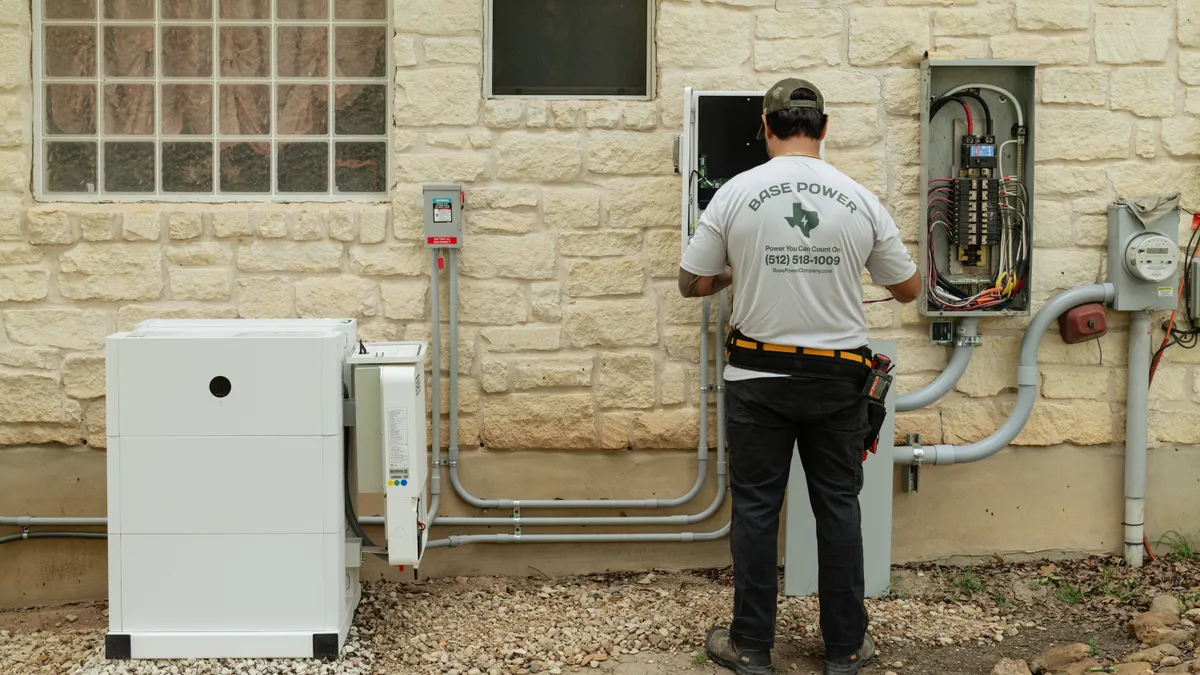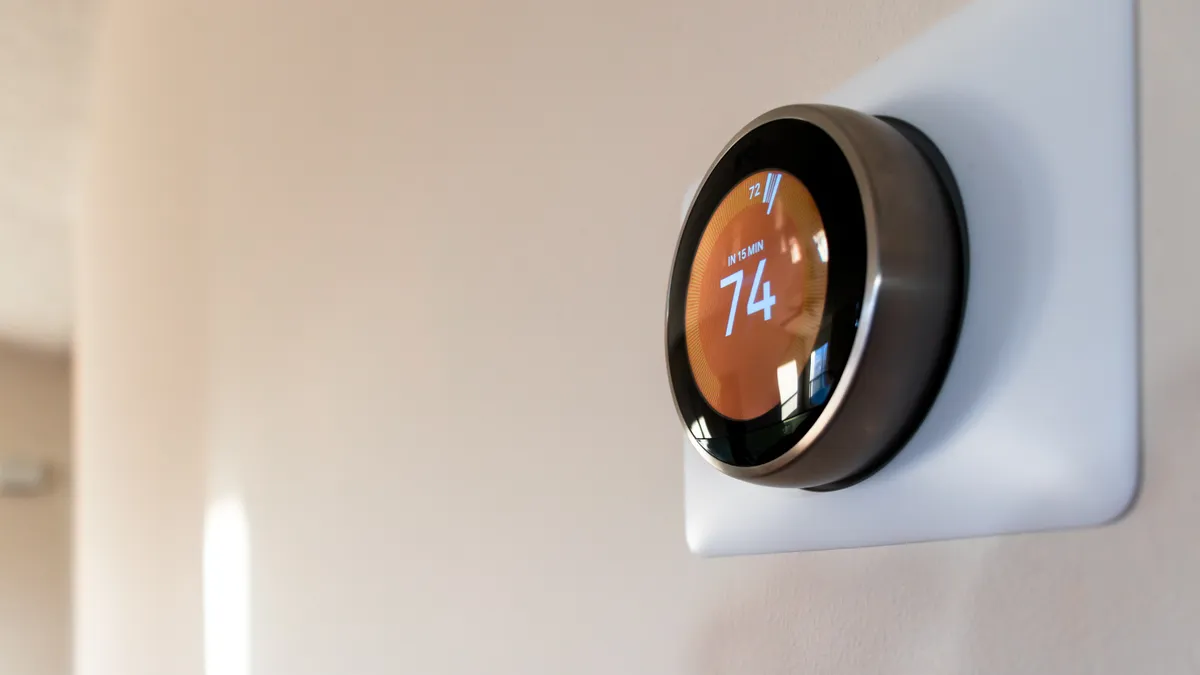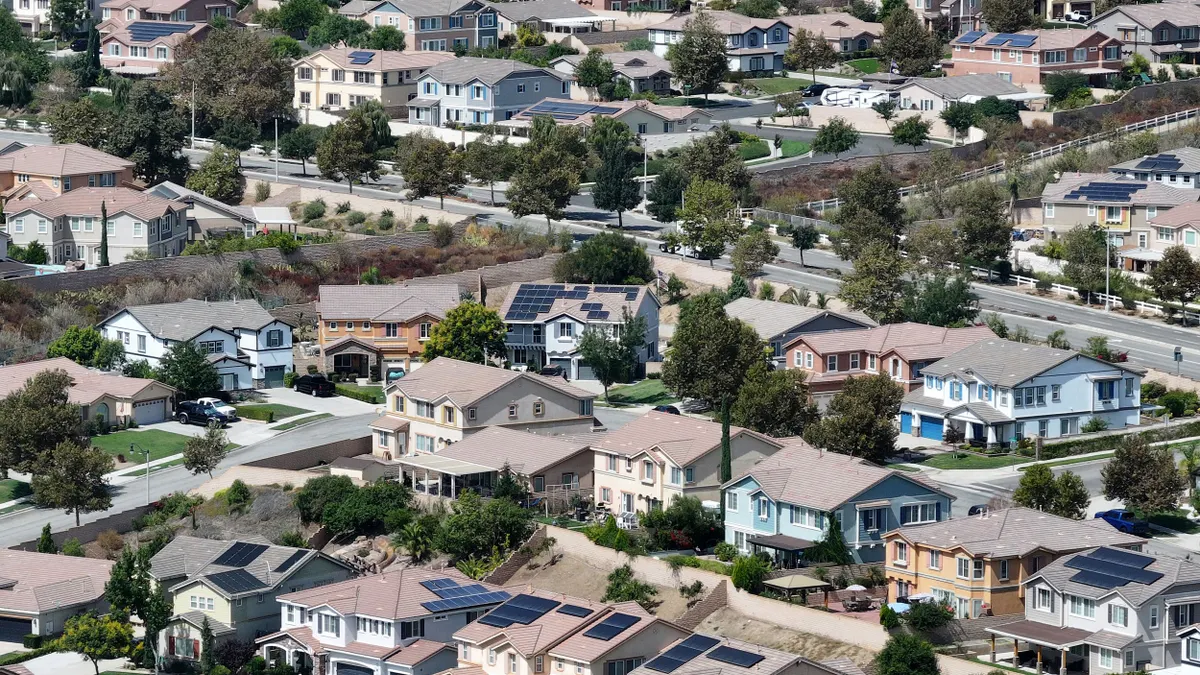The U.S. Supreme Court's decision this month to delay implementation of the Clean Power Plan was unprecedented, and depending on who you ask was also either a victory or a setback. But for advocates of energy efficiency, it was a bit of a non-event.
“It's not a big change for efficiency, one way or another,” said Sara Hayes, senior manager and researcher for the American Council for an Energy-Efficiency Economy (ACEEE).
The trend towards embracing efficiency has already begun, she said, with states looking to reduce energy demand as an economic and carbon-free strategy that also creates jobs. In many states, CPP compliance could be within reach simply by focusing on efficiency, and some of those policies are already in place. All around the country, the signs are there: The West Coast and Northeast have been leaders on efficiency for years; the spread of advanced metering is helping find new efficiencies; groups are now pushing more aggressive targets; and the Pacific Northwest believes it can meet 20 years of demand growth through efficiency.
In January, ACEEE released the second version of its State and Utility Pollution Reduction Calculator (SUPR2), which gives a high-level view of how some policy decisions will impact a state's potential carbon compliance. It's not a dispatch model, but deals in orders of magnitude, and was designed to give stakeholders – from interested parties to state air quality managers – a better idea of how different strategies could help comply with the Clean Power Plan.
Hayes helped develop the tool, but rather that express frustration with the high court's decision she stressed the path has already been set for efficiency. “The Supreme Court decision changes nothing,” she said.
Why? First, efficiency programs are typically phased in slowly. If a state were to set a 1% efficiency target, then “in 2016 you start saving a quarter of a percent, which is pretty small,” Hayes said. Delaying that is a small step along a much longer path. But more than that, she is skeptical that states will wholesale reverse course. Even among states opposed to carbon regulation, there is work being done behind the scenes. And as energy efficiency gains recognition among policymakers, it will grow simply as an economic and carbon-free method of controlling demand and energy bills.
“A whole bunch of states have come out and said this changes nothing for them," Hayes said. "There is a train of thought out there, and it makes a lot of sense: 'We were moving this way anyway.'”
Regardless of high court's decision, the Supreme Court ruled in 2007 that the Environmental Protection Agency is required by the Clean Air Act to regulate greenhouse gas emissions from major sources.
"It might look different, it might be in a different form, but regulation of greenhouse gas from the power sector is coming," Hayes said.
Hard work behind the scenes
A few states have indicated they want nothing to do with CPP compliance, and in the wake of the court's stay, have announced they would cease compliance planning.
Montana, which had been tasked with some of the country's steepest carbon reduction goals, said it was halting work. In a statement, Gov. Steve Bullock (D) said "I have been clear that I think these rules were unfair to Montana. Given the court's ruling today, I am putting the work of the Clean Power Plan Council on hold."
Oklahoma, which defiantly opposed the carbon legislation, will also focus on the legal case rather than possible compliance. "Since the Supreme Court has stayed implementation, Oklahoma no longer faces a September compliance date and can focus on assisting the attorney general on overturning this rule," Oklahoma Secretary of Energy and Environment Michael Teague said in a statement.
On the flip side, states like California and New York who were already leaders on efficiency (and others in those regions) will continue their carbon reduction plans and in particularly are taking a close look at efficiency and demand management.
"We were kind of on trend already, to do what the EPA is asking us to do," said Hayes. "Not in every state, but there are a bunch of states, where if they just keep going with the policies they have on the books, they are going to comply in 2030."
It is in those middle-ground states where the hesitation lies, Hayes said. Many are publicly opposed to the Clean Power Plan; more than half of states joined lawsuits to overturn the law. But some are still examining compliance, even if it is done quietly. And the EPA's rule, along with the resulting debate and legal action, is familiar territory.
"State regulators, and in particular state air regulators, are very familiar with this process where the EPA makes a regulation and it gets litigated and the whole process is delayed," Hayes said. "Everything takes longer than expected … this is nothing new to them, and I think they recognize it is coming. There is a lot of hard work going on behind the scenes, in some of those states publicly opposing the plan."
Regional opportunities
Hayes stressed that many states have already done much work on efficiency, adopting policies and making investments. The entire West Coast and Northeast, she said, are models for efficiency. There are opportunities in the Midwest, and she said Minnesota has "policies on the books which will get them to compliance without having to do anything new."
"But where I am really excited is the Southeast," she said. "Experience with efficiency policies is gaining traction there, but it is still newer. I think folks in the Southeast are looking for ways to make efficiency fit for them, they're not just grabbing on what other folks have done.
Hayes pointed to strong stakeholder process in South Carolina, optimism for Tennessee and new results out of Arkansas.
Entergy Arkansas reported energy savings topping 1% of prior-year-sales for 2014, which the Southern Alliance for Clean Energy (SACE) pegs as "a symbolic benchmark for moving into the big leagues of energy efficiency."
"For years, utilities have scoffed at the 1% target as unachievable in our region," wrote SACE's Taylor Allred. "As a result, utility energy efficiency programs in the Southeast have chronically lagged behind other parts of the country." But, he said, Entergy Arkansas' 1.1% net energy savings changes that narrative.
Hayes also said she hopes strong policies result from Tennessee Valley Authority's planning process will boost efficiencies. The utility last summer finalized its 20-year Integrated Resource Plan, calling for greater use of efficiency but some critics say the plan didn't go far enough. The Southern Environmental Law Center said the plan "misses significant opportunities to strengthen commitments to these cleaner and cheaper energy options."
TVA finalized a plan to boost efficiency by 2,500 MW to 4,600 MW by 2033, which is below the more than 5,000 MW advocates had hoped for.
But these are still significant numbers. And increasingly, the boundaries are being pushed. The 2% efficiency targets being heralded as leaders could soon look like relics, according to the Regulatory Assistance Project.
RAP believes it is possible to meet 30% of the United States' electricity system needs in 10 years through efficiency – a 3% annual target. And if that seems high (it is), RAP Senior Associate David Farnsworth notes, "what you've got is a changing landscape ... Things that seem difficult today become simpler, and other things that were beyond the pale are in reach.”
The Northwest Power and Conservation Council, for example, has slowed its demand growth to a crawl and now believes the next 20 year's worth of new regional demand can be met solely by efficiency. Regional energy load has grown by only about 0.4% annually since 1995, and under a new plan, the region’s electricity loads will be maintained through 2035.
"Throughout the history of air quality planning, we as a field have not done a very good job of planning holistically," Hayes said. But now, policy makers and utilities are beginning to work together, to "talk about their mutual responsibilities...Energy efficiency is right at the crux of that. It is one option that meets all their needs and reduces the cost of new generation."





















